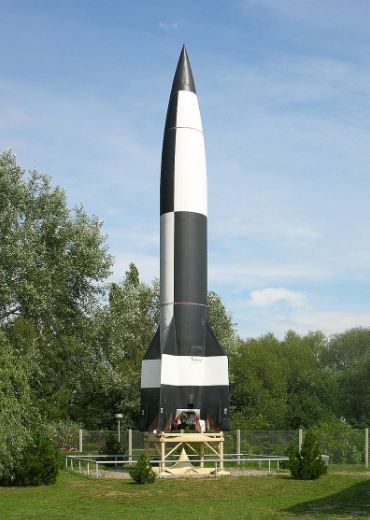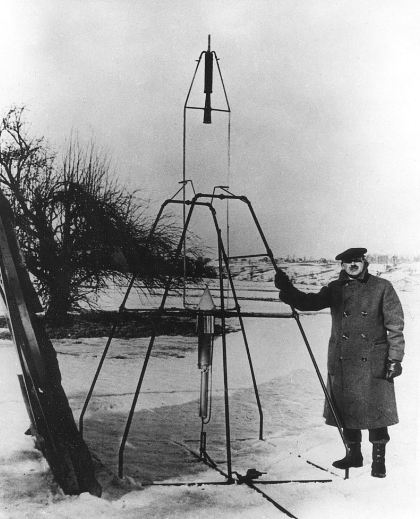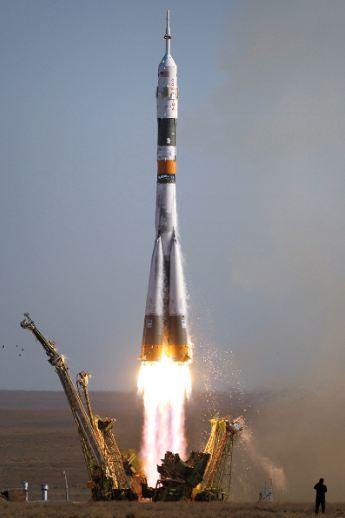More than 2,000 years ago, notable people in history had already tested the concept of rocketry. Although it was thought thousand years ago, it is only in the past 70 years that these rocket machines were used during space explorations. Nowadays, rockets are used to carry spacecraft outside the Earth. As well as that, rockets were also helpful in bringing the supplies to the International Space Station. Interestingly, it could land on its own and be used again in the near future! Just how exciting is that?
Back in the 400 B.C., the historical records have stated that a Greek philosopher and mathematician named Archytas had invented a self-propelled flying device that was known as “the Flying Pigeon.” It was a device made out of wood and was suspended on wires. Three hundred years after that, Hero of Alexandria had his Hero’s Engine or Aeolipile. Hero of Alexandria’s invention was a sphere-shaped device that sat on the top of a boiling pool of water. The gas from the boiling pool went outside the sphere-shaped device and goes through two tubes that shaped like an ‘L.’ The thrust created by the steam escaping from the boiling water made the sphere-shaped device rotate.
Meanwhile, historians also believed that the Chinese had developed the very first real rocket during the early century A.D. These rocket-like devices were used for colorful displays during their religious festivals. It is also stated that these rockets invented by the Chinese are quite similar to modern fireworks. Subsequently, after the next hundred years, rockets were then used as one of the military weapons. One of these rockets was the Congreve rocket, which was developed by the British Military in 1800.
Who are the Fathers of Rocketry?
During the modern era, pioneers who had been a great help in designing the first rocket in space have become the “Fathers of Rocketry.” These were Konstantin Tsiolkovsky, Robert Goddard, and Herman Oberth. However, only one of them had lived long enough to witness the rockets being used in space explorations.
Konstantin Tsiolkovsky was a Russian rocket scientist known for his “Rocket Equation” in 1903. The said equation was concerned with the relationship between the rocket’s mass, speed, as well as how fast the gas leave when it exits the exhaust of the propellant system. Following that, in the year 1929, he had also published a theory about multistage rockets.
Of course you can’t forget NASA located in Texas near east downtown Houston as well as the Johnson Space Center. Furthermore, Robert Goddard, an American Physicist, had sent the first liquid-fueled rocket in 1926. In fact, according to the National Aeronautics and Space Administration (NASA), he had two patents for using a liquid-fueled rocket. He also had the patent for a three-staged rocket that uses solid fuel.
Herman Oberth is the last to complete the three. He studied multi-staged rockets, as well as how to use rockets in order to escape the Earth’s gravity. However, his legacy was tainted by the fact that he was one of the V-2 rocket developers. The said rocket was for Nazi Germany created in World War II, used for bombings in London.
Rocketry Nowadays
After several years have passed, rockets have evolved from a simple device to a vehicle that is capable of traveling to outer space. The Space Shuttle as an amazing space vehicle that revolutionized humankind’s access to space. Also, rockets have been improved and tested for them to confidently send people out in space. However, animals like monkeys and dogs were the first tested subjects before eventually carrying people out on space missions. Nowadays, experts have predicted that in the future, rockets could be used to carry large satellites into space at the same time. Additionally, rockets could use advances in technology, as well as artificial intelligence, to perform more advanced work. Future rockets were also expected to use various fuels that are healthier for the environment.
Moreover, astronauts and engineers are still working towards enhancing even the most sophisticated rockets. In fact, aerospace design companies like Stratolaunch are aiming to launch satellites using civilian aircraft. Meanwhile, SpaceX and Blue Origin also developed a reusable first-stage rocket. SpaceX had also produced the Falcon 9, a reusable two-stage rocket that routinely delivers cargo to the International Space Station.


